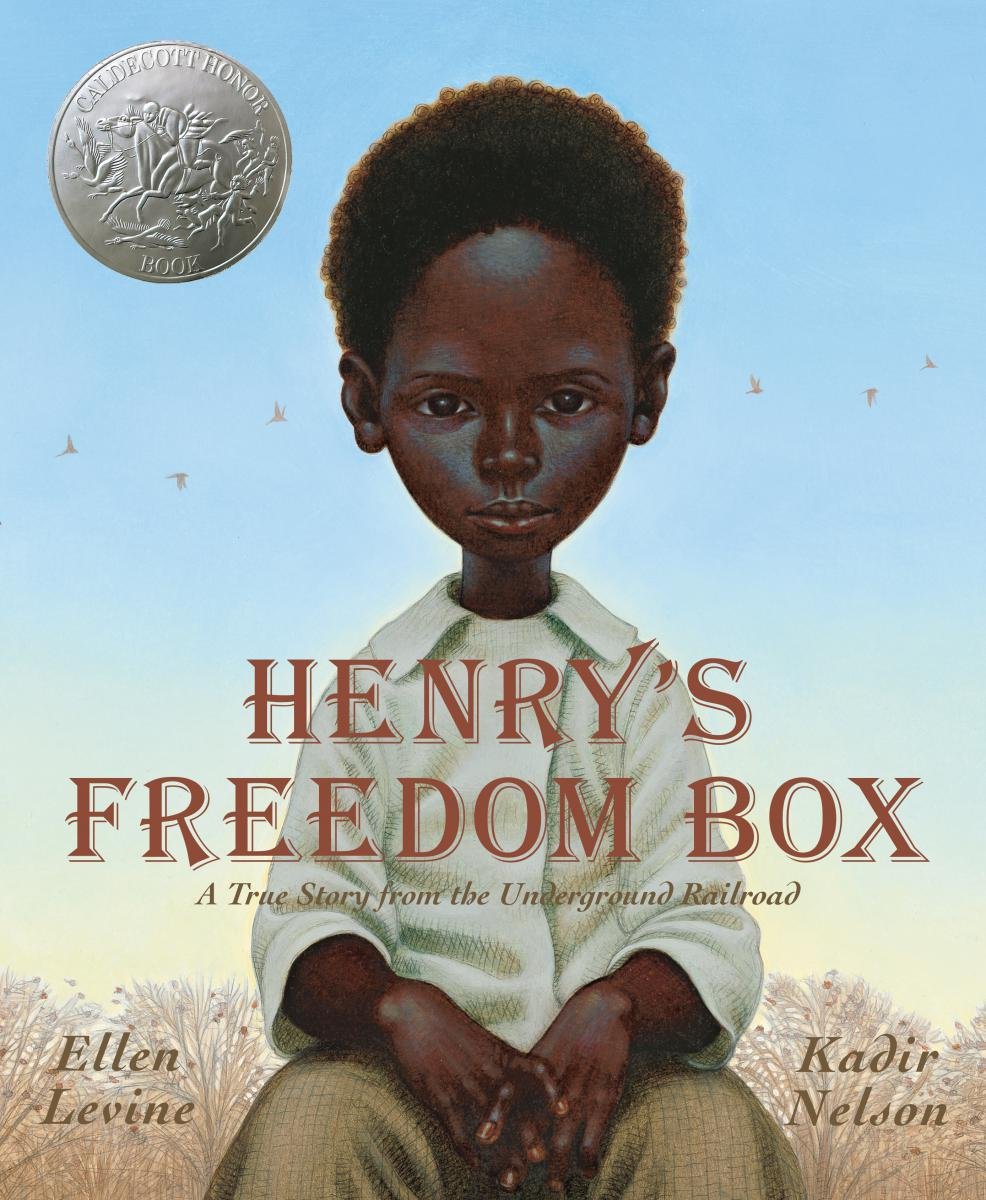Year 6
Staff in Year 6 (ID 1315)
-
Mr WatkinsY6 Teacher
Mr Watkins
-
Mr WilkesHLTA
Mr Wilkes
,
-
Miss HaileyY6 Teacher
Miss Hailey
-
Miss MolloyTA
Miss Molloy
Planning in Year 6
spring overview year 6 2025.pdf
January in Year 6
It has been a very exciting month for Year 6 this month.
January saw Year 6 head over to Wales to spend 3 days at Arthog for their residential trip. This exciting experience marked a key milestone as the children took on new challenges, built independence and created lasting memories with their classmates. 
Throughout the week, pupils took part in a range of outdoor activities such as team-building games, climbing, canoeing, orienteering and more. These activities encouraged confidence, cooperation and resilience. 
 Arriving back to school, the children started their new topic, Fight for Freedom and continued writing about Kaspar and his journey on the Titanic across the Atlantic Ocean.
Arriving back to school, the children started their new topic, Fight for Freedom and continued writing about Kaspar and his journey on the Titanic across the Atlantic Ocean.

February in Year 6
February was a fantastic month for writing in Year 6 where the children wrote two IPAW's based on our History topic 'Fight for Freedom'. The children looked at Ruby Bridges and Henry's Freedom Box, delving into the hardships that they faced.

We read and watched various sources to get a good understanding of what they both faced but how they faced hardships in different ways.
 Furthermore, a large amount of children also visited Bennett House where they read to the residents. This was an opportunity to work with the community in a positive way and battle loneliness.
Furthermore, a large amount of children also visited Bennett House where they read to the residents. This was an opportunity to work with the community in a positive way and battle loneliness.
March in Year 6
It has been a very busy March for Year 6 this month!
Continuing our History topic 'Fight for Freedom', we investigated the text 'Henry 'Box' Brown, which detailed the true story of an enslaved man in the deep south of America, who escaped to freedom by mailing himself in a crate to a group of abolitionists in Philadelphia.  The children learnt about some of the key issues in the USA at this time, the racial segregation and discrimination that was rife in certain areas of the country. The children then used this text to inspire them to write a biography on the life of Henry 'Box' Brown. Following this text, the children were then introduced to the civil rights campaigner, Ruby Bridges. A young African-American child to study at an unsegregated elementary school, despite the protests and racist abuse she encountered when entering the school. After studying her life and some of her achievements, the children then produced a biography for their IPAW.
The children learnt about some of the key issues in the USA at this time, the racial segregation and discrimination that was rife in certain areas of the country. The children then used this text to inspire them to write a biography on the life of Henry 'Box' Brown. Following this text, the children were then introduced to the civil rights campaigner, Ruby Bridges. A young African-American child to study at an unsegregated elementary school, despite the protests and racist abuse she encountered when entering the school. After studying her life and some of her achievements, the children then produced a biography for their IPAW.

As well as investigating these texts, all the children celebrated World Book Day on 6th March. Many of the children came to school dressed as their favourite literary character and took part in some special live lessons hosted by the BBC.


Later on in the month, Year 6 and the rest of the school had a visit from local PCSO Karl Jolly, who spoke to the children about online safety and highlighted the dangers of certain apps, informing them of the age restrictions and the reasons for this. Karl also explained what a 'digital footprint' is and why it's important that everyone behaves accordingly online as once something is posted online, it is potentially there forever.

April in Year 6
Despite the Easter holidays, Year 6 have been very busy and productive with preparing for their SATs!
We had a mock SATs week which showed children how well they have progressed since the start of Year 6 and continued to give the children an insight into what SATs week will briefly look like. Following this, the children have been carrying out lots of fun revision lessons including singing out favourite song... 'Roman Numerals' made by Romans!
During foundation week, the children had a little peek into the next focus of our Fight for Freedom topic 'Hidden Figures'. After watching the film, the children created a fact file in their own way using either Power Point or Word. The children were incredibly interested in this topic, which opened up areas for discussion on what it would have been like to work at NASA as a female, in a time of racism and sexism.

May in Year 6
May in Year 6 has been a whirlwind of a month! From celebrating VE day, to sitting SATs, to having exciting visitors in, the children really have been on a rollercoaster.
Year 6 staff would like to thank and congratulate children and parents/carers for their hard work and determination throughout a few stressful weeks both on the run up to SATs, and during SATs.
Transition To Secondary School
Most children will cope with these and feel accustomed to the changes by the end of the first couple of weeks. In contrast the child with living and learning difficulties may take 2-3 terms to learn to navigate his way around the school and may require ongoing support throughout his school days to allow him to fully access the curriculum.
If there has been little preparation for the huge changes that occur between primary and secondary school, this leaves the child floundering and results in difficulties for the child to access the curriculum and makes it much harder for him to make friends. The first few weeks are crucial in developing the new peer group and poor preparation can result in lasting damage throughout the secondary school days.
Initial enthusiasm to support the child may disappear when there is an underlying feeling that the child should be able to go it alone. “How many times should he be shown, can’t he understand it by now, I am not going to mother him any longer” – phrases that have been uttered from time to time. However an analogy could be to consider how one would support a person with visual impairment with a white stick – we would not consider taking the stick away from him after a few weeks because he should have mastered his way around and shouldn’t need it any longer! However a child with less obvious difficulties does not have a ‘marker’ highlighting his difficulties, so is often seen as lazy, stupid or not really trying as hard as he could.
The process of change
Change in the school environment can make the individual have major “wobbles” and make him anxious. Anxiety about lack of control of his environment can lead to the individual feeling panicky all of the time and this has a knock-on effect on his performance. He may lash out at others or withdraw into himself in a form of self-protection.
Secondary schools are places of change. This causes additional strains on the child who is also trying to cope with his underlying difficulties and now has more problems layered on top. This can result in a breakdown in the child’s mechanisms for coping and is why we sometimes see secondary school being a crisis time, after the child has seemingly being able to cope in primary school.
The move to secondary school exposes the child at key times in the school day such as coping alone in the playground at break and lunchtimes. He can no longer cover up his difficulties by looking as if helping the younger children. Teachers may not be present all of the time to supervise in the same way as in the primary school playground and not all teachers in a large school will be aware of the child’s difficulties.
SO WHAT IS DIFFERENT ABOUT SECONDARY SCHOOL?
- Classes may be larger
- Bigger school environment
- No personal desks and the use of lockers to store belongings
- Subject specific teachers
- Independent travel to school
- Homework – greater volume and expectation
- The need for greater organisational skills and meeting deadlines.
- Career choices at a time when the child may not see he has any strengths
Key transition difficulties
- Negotiating the way around school – he may get lost and this may result in being late for class
- Meeting new children who may not understand his difficulties
- Meeting new teachers who do not recognise he has difficulties
- Learning about the rules of the school – explicit and implicit
- Learning new teachers’ names and their expectations and styles of teaching
- Learning about the timetable and the appropriate books and tools required
- Carrying equipment around all day – no central place to return to – therefore increasing the chances of losing equipment or having incorrect equipment for the next class
- Coping with change determined by others not himself
- Independently organising his work and managing his own timetable
- In PE and games coping with more complex activities such as changing in/out of PE kit
- At break times there is less supervision from teaching staff so the child is able to wander around on his own more (not seeking social interaction) or be more open to being bullied by others
- Coping with new topics he has not studied before
Strategies
- Information should be transferred over so that all teachers know a profile of strengths and difficulties – could this be kept in a diary?
- Visits to school should try to take place over 2 terms
- Draw up a map of school/ give opportunity to take photos to become familiar with school setting
- Take photos of the buildings, rooms and teachers to aid memory
- Parents to be given the opportunity to visit school
- Timetable given as soon as possible – keep several copies on view around the house
- Baseline assessment undertaken to check where learning level is and level of remediation required
- Consideration of adaptations required for classroom/sport and new subjects
- Consideration of help required for organising work
- Consideration of help required in note-taking
- Consideration of where locker placed in school, and method to transport books and equipment
- Mentor/tutor introduced before new term
- Buddy system in place for first 2 terms
- Use of angle boards/position in class /amount of room required taken into consideration
- Adaptation of tools if required such as protractors, rulers, pens
- Extra time allowed for homework
- Work written down for individual on an ongoing basis if required
- 3 way communication card between school – different teachers, with home and with the individual
- Consider school uniform – adapt garments for ease of dressing
- Do as much preparation for the school day the night before – out out clothes, place the school bag by the door






